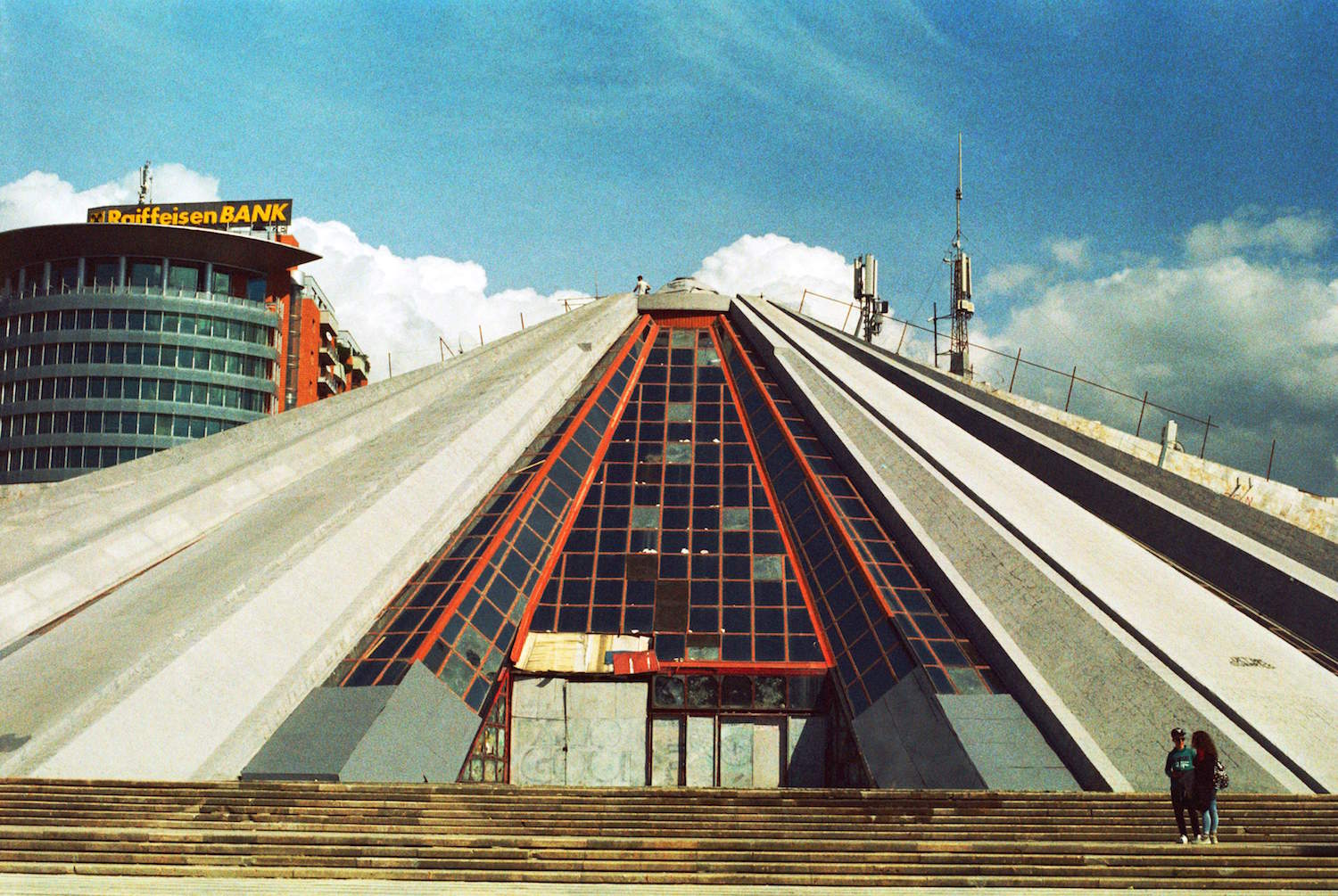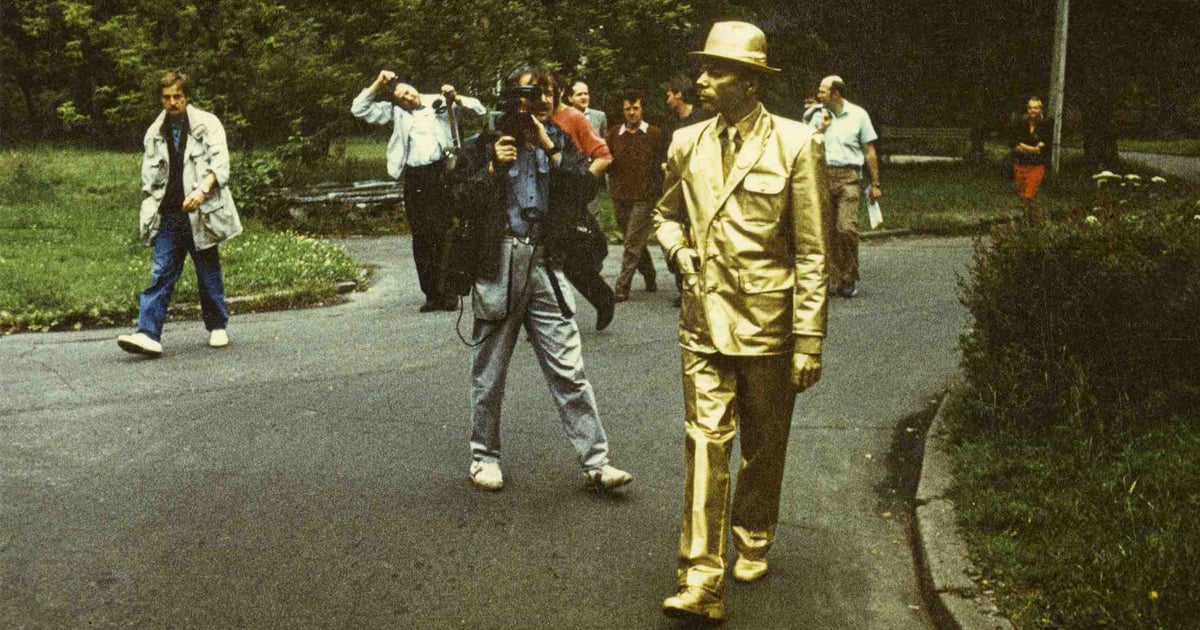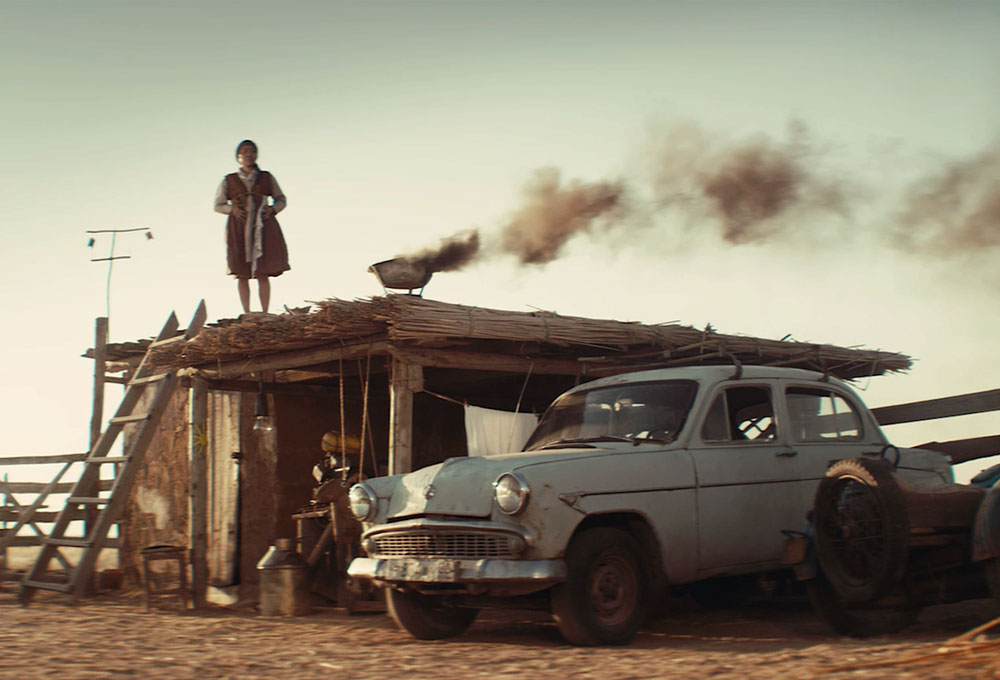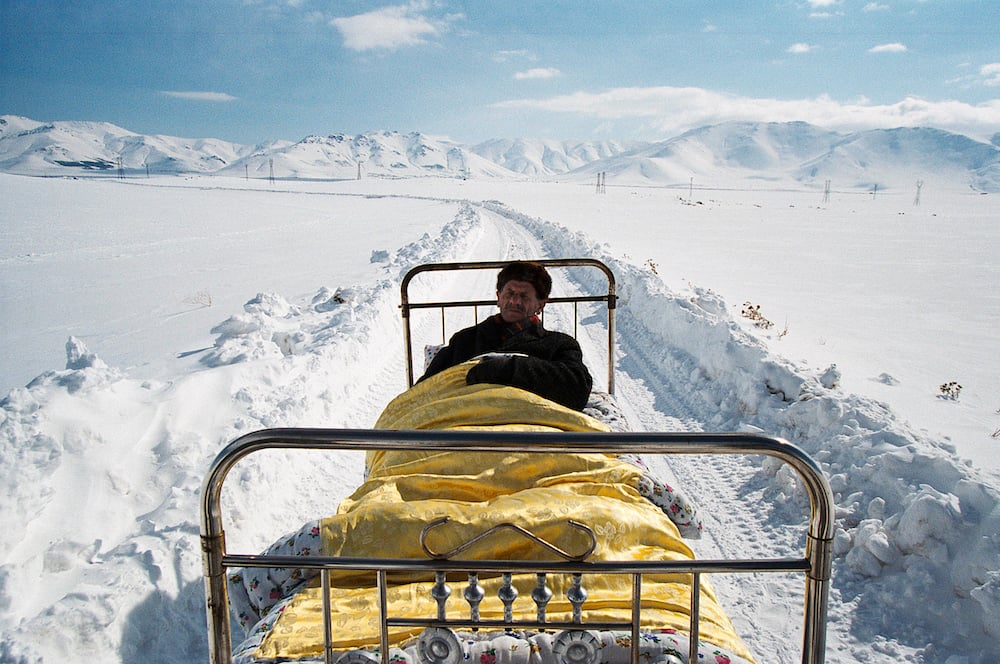Unknown pleasures: lifting the lid on a treasure trove of Albanian cinema
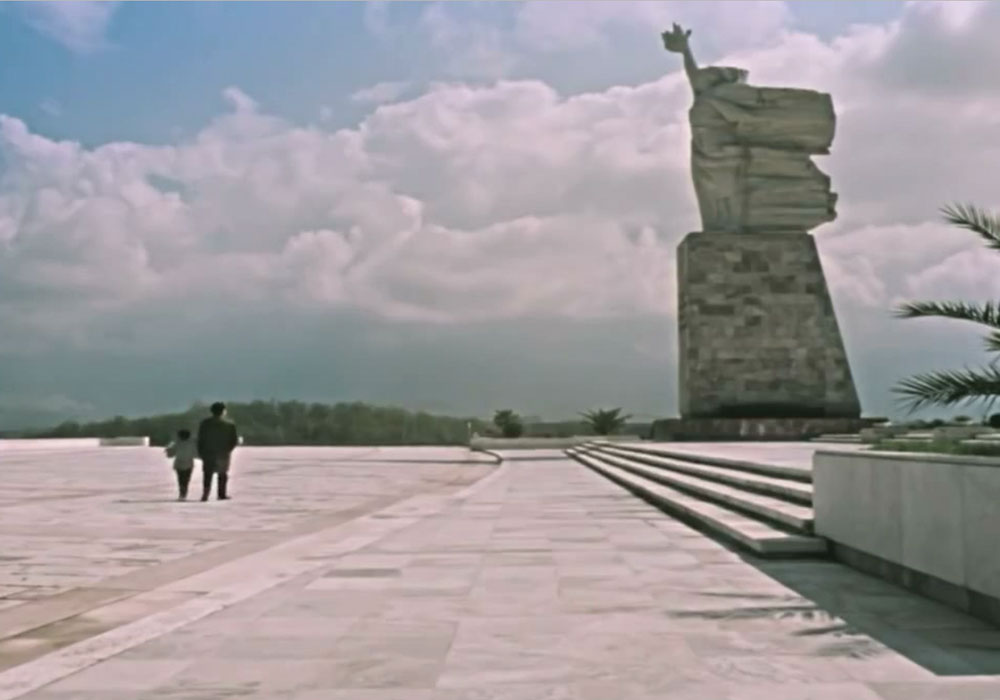
When Mark Cousins visited the Albanian National Film Archives a few years ago, he discovered a rich communist-era film heritage virtually unknown to the rest of the world — and one on the verge of being lost forever
What do you associate with Albania? The country’s communist ex-leader, Enver Hoxha? The thousands of mushroom-shaped nuclear bunkers around the country? Or maybe the cargo ship Vlora sailing off to Italy in 1991 with thousands of immigrants on board? Chances are you cannot add a lot more, as Albania has been an enigma even to its neighbours over the years. But you can learn a lot about Albania through its national cinema. A few years ago, Irish film critic, programmer and filmmaker Mark Cousins went to Tirana at the invitation of the Festival of Albanian Films. His impressions of the trip formed the basis of the documentary Here Be Dragons (2013). In the process of making it, he realised that in the post-1989 turmoil, Albania’s rich and poetic film heritage was in danger, and with it the memory of the country’s past. The facilities of the Albanian National Film Archive (AQSHF), which housed thousands of pre-Second World War and communist-era reels, were in poor condition.
As preservation has not been among the priorities of Albanian politicians, in 2012 the Albanian Cinema Project was founded by an international team of filmmakers, academics and archivists, with Cousins on the Advisory Board. The ACP established a film restoration programme, raised funds and reached out for support to international organisations. It has also been exploring opportunities for relocating AQSHF’s facilities to abandoned bunkers from Enver Hoxha’s rule. Thanks to its efforts, some key Albanian titles have been digitally remastered and subtitled, leading to showcase opportunities overseas. Apart from being exported to Mao Zedong’s China at the time of the Cultural Revolution, Albanian films have had little contact with the outside world, even at international festivals where they often could not meet technical standards.
The following selection of five newly restored films can be considered an apt introduction to Albanian cinema.
The Great Warrior Skanderbeg / Skënderbeu (1953)
dir. Sergei Yutkevich
Gjergj Kastrioti aka Skanderbeg was a 15th-century national hero who was raised in the Sultan’s court but later led Albania’s struggle against the Ottoman Empire. A quasi-mythical figure, he has long served as a rallying point for the Albanian people, and unsurprisingly his biopic was the first feature film the Communist Party commissioned in the newly inaugurated Kinostudio. At the beginning of the 1950s Albania lacked experience in the film industry, so the film was co-produced with the USSR, with Sergei Yutkevich in the director’s chair. With a career spanning from avant-gardism to Leninism, Yutkevich was up to the task, borrowing from the creative dash of Eisenstein’s Alexander Nevsky (1938), and his film even won an award at Cannes in 1954.
This restored version, with re-recorded soundtrack and dubbing, was finished in 2012, just in time for the 100th anniversary of Albanian independence. This attempt to revamp the image of Skanderbeg post-1989 was received with mixed feelings, but the message was clear: Albania needs its heroes.
The Second of November / Nëntori i dytë (1982)
dir. Viktor Gjika
Requested by the Party for the 70th anniversary of the most significant state holiday, the production was helmed by one of the most experienced Albanian filmmakers, Viktor Gjika. The plot focuses on Ismail Quemali, the leader of the Albanian national movement, in the final days before the Declaration of Independence from the Ottoman Empire in November 1912. The film is also a spectacular historiographic and ethnographic introduction to Albania from the beginning of the 20th century, a classic example of late-socialist cinematic splendour (neatly dubbed “their Braveheart” by Mark Cousins).
The restored version of The Second of November opened the 13th Festival of Albanian Film in Tirana to much acclaim in 2012, with many of the original cast and crew members present. In a way, this success legitimised ACP’s endeavours to re-establish the narrative of national cinema in Albania.
Tomka and His Friends / Tomka dhe shokët e tij (1977)
dir. Xhanfise Keko
The world was able to see an excerpt from the Albanian classic Tomka and His Friends in another Mark Cousins documentary A Story of Children and Film in 2013. Its director Xhanfise Keko was the most famous female filmmaker in the country, educated in Moscow and with decades of experience as an editor and documentary maker before she turned to feature films starring children. There is a solid ex-Eastern Bloc film canon exploring the role of children in the partisan movement during the Second World War, yet Xhanfise Keko’s touching portrait of her juvenile protagonists fighting Nazi occupiers on the football pitch verges on the raw power of Italian neorealism while demonstrating the very particular flair of Albanian cine-lyricism.
Eternity / Përjetësi (1973 / 2016)
dir. Dhimitër Anagnosti
Like many Albanian filmmakers, Dhimitër Anagnosti began his career at Kinostudio as a newsreels and documentary cinematographer before graduating from VGIK in Moscow and being entrusted with feature cinema. His short Eternity opens with a father and son paying their respects to a Second World War partisan monument and continues with archival black-and-white photography intercut with scenes from 1970s Albania. It is all edited to the rhythm of a beating heart, without any dialogue, only an intense soundtrack featuring Vaçe Zela’s vocals in the emotional climax. This 9-minute film was conceived as a wholehearted, poetic tribute to national heroes as well as to the European auteurs Anagnosti admired at the time, but the style was a little too avant-garde for Albanian censors. The film was accused of formalism and shelved.
A Tale from the Past / Përralle Nga e Kaluara (1987)
dir. Dhimitër Anagnosti
A Tale from the Past is one of Anagnosti’s best known and feted films. Based on Andon Zako Çajupi’s play A Bridegroom at Fourteen / Katërmbëdhjetë vjeç dhëndër, the film is a satire not only on the tradition of arranged marriages but also on “old times” and the business-as-usual culture, with sharp notes of social criticism and socialist feminism under the disguise of comedy. Shot after the death of Enver Hoxha, the story of the 14-year-old mummy’s boy Gjino forced to marry the bulky Marigo impresses with its sense of ease and subversive humour, and is deemed one of the most memorable roles of celebrity Albanian actress Elvira Diamanti, now Head of AQSHF.
